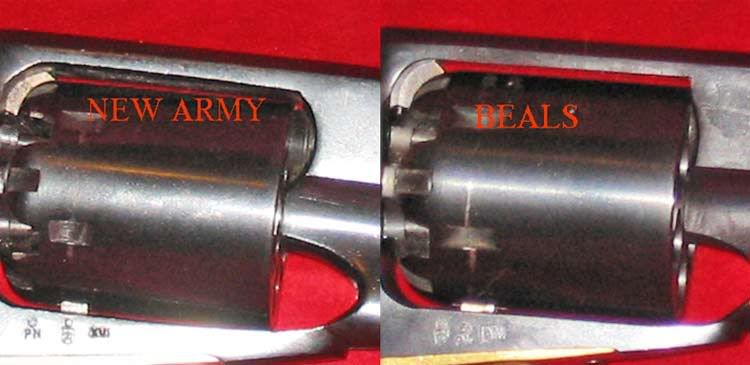54mountain
45 Cal.
- Joined
- Sep 26, 2006
- Messages
- 738
- Reaction score
- 5
I have a Pietta 1860 army that has a reverse problem from most that I've seen. The cylinder gap is so close that after the first 6 shots the cylinder starts to bind from fowling, in a way I'm okay with this because the cylinder pin stays clean and it shoots great. I just find it a pain to take it apart and wipe it down every time I load.
My question is what was the standard gap on the originals (if there was one) and any ideas on how to correct this.
My question is what was the standard gap on the originals (if there was one) and any ideas on how to correct this.







